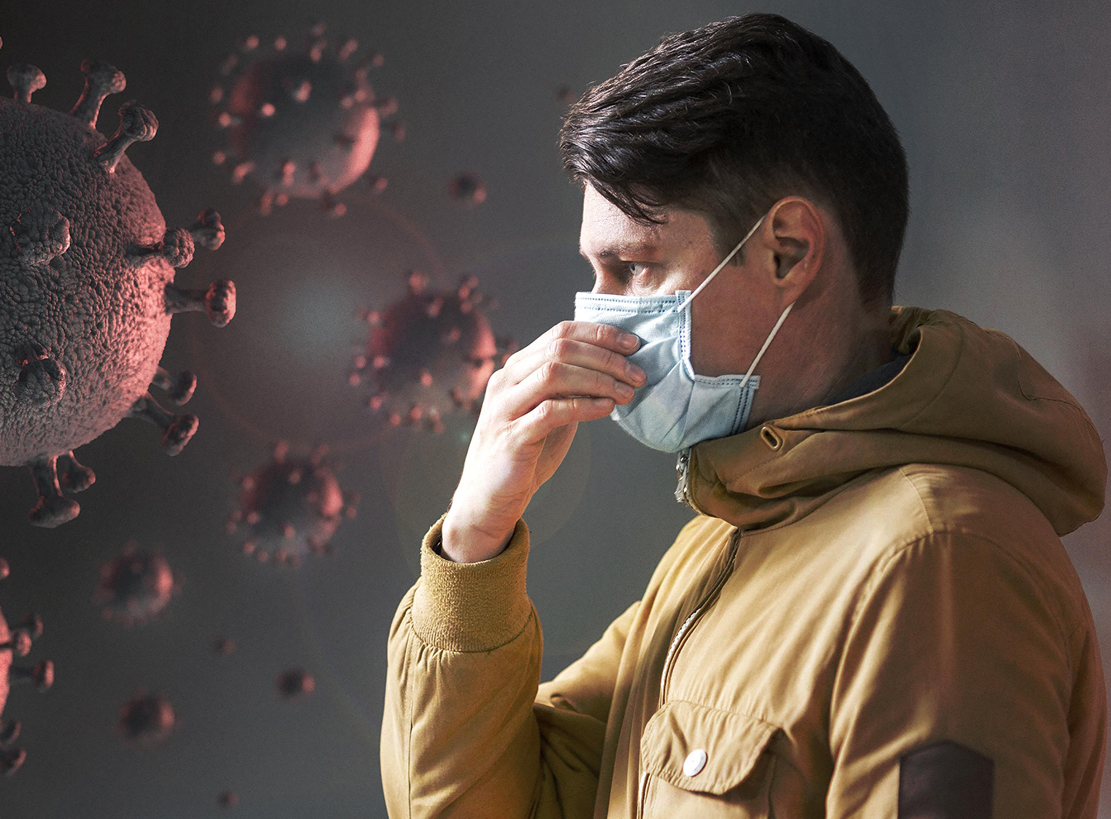In early 2020, a new virus began generating headlines all over the world because of the unprecedented speed of its transmission.
Its origins have been traced to a food market in Wuhan, China, in December 2019. From there, it’s reached countries as distant as the United States and the Philippines.
The virus (officially named SARS-CoV-2) has been responsible for millions of infections globally, causing hundreds of thousands of deaths. The United States is the most affected country.
The disease caused by an infection with SARS-CoV-2 is called COVID-19, which stands for coronavirus disease 2019.
In spite of the global panic in the news about this virus, you’re unlikely to contract SARS-CoV-2 unless you’ve been in contact with someone who has a SARS-CoV-2 infection.
Let’s bust some myths.
What are the symptoms?
Doctors are learning new things about this virus every day. So far, we know that COVID-19 may not initially cause any symptoms for some people.
You may carry the virus for 2 days or up to 2 weeksTrusted Source before you notice symptoms.
Some common symptoms that have been specifically linked to COVID-19 include:
- shortness of breath
- having a cough that gets more severe over time
- a low-grade fever that gradually increases in temperature
- fatigue
Less common symptoms include:
- chills
- repeated shaking with chills
- sore throat
- headache
- muscle aches and pains
- loss of taste
- loss of smell
Source : healthline.co
